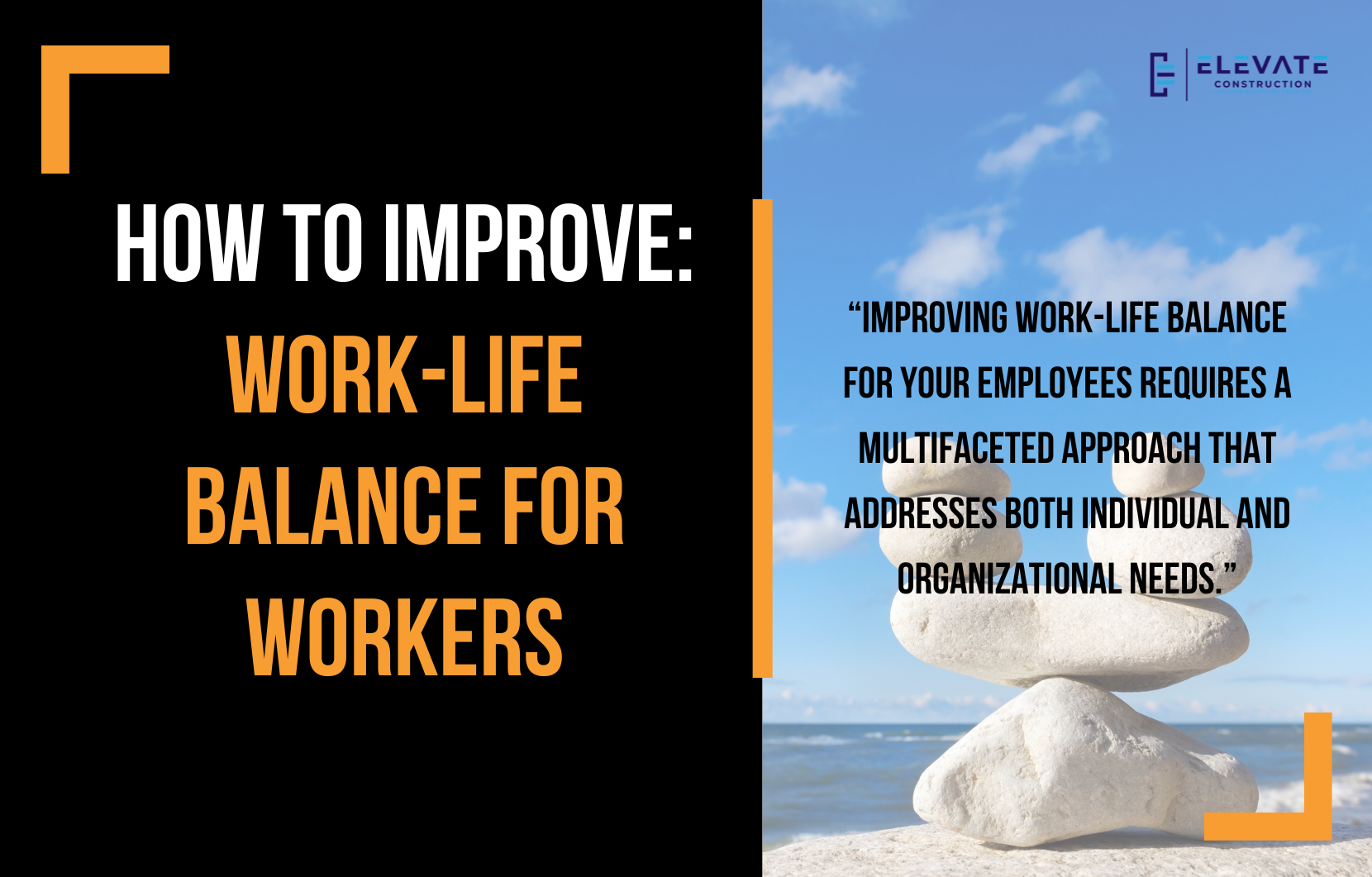Understanding Burnout
It’s inevitable that at some point, your employees may experience burnout. However, it’s crucial to address this issue proactively rather than reactively. Often, the solution lies not in acquiring more resources but in implementing effective strategies and fostering a culture of efficiency.Importance of Personal Organization
Personal organization is key to managing workload effectively. Providing your team with tools and training in personal organization systems can significantly improve their productivity and reduce stress. Encourage the use of planners and teach them how to prioritize tasks effectively.Developing a Team Balance & Health Strategy
Creating a culture that values work-life balance requires proactive planning and communication. Implementing a coverage board to manage schedules, conducting weekly team meetings to plan coverage, and promoting open discussions about balancing work and personal commitments are essential steps.Leveraging Technology
Technology can be a powerful tool in streamlining workflows and reducing workload. Evaluate whether the technology your team is using is actually helping or hindering productivity. Invest in tools that automate tasks and simplify processes to free up time for more meaningful work.Implementing Lean Methodologies
Lean principles focus on eliminating waste and improving efficiency. By adopting lean methodologies, such as working in one-piece flow, organizing workspaces, and continuously seeking small improvements, you can optimize your team’s performance and create a culture of continuous improvement.Conclusion
Improving work-life balance for your employees requires a multifaceted approach that addresses both individual and organizational needs. By prioritizing personal organization, fostering a culture of balance and health, leveraging technology effectively, and implementing lean methodologies, you can create a workplace where employees thrive. Are you ready to take the first step toward creating a healthier work environment for your team? Explore the resources linked in this post and start implementing these strategies today. Your employees—and your bottom line—will thank you for it.If you want to learn more we have:
-Takt Virtual Training: (Click here)
-Check out our Youtube channel for more info: (Click here)
-Listen to the Elevate Construction podcast: (Click here)
-Check out our training programs and certifications: (Click here)
-The Takt Book: (Click here)
Discover Jason’s Expertise:
Meet Jason Schroeder, the driving force behind Elevate Construction IST. As the company’s owner and principal consultant, he’s dedicated to taking construction to new heights. With a wealth of industry experience, he’s crafted the Field Engineer Boot Camp and Superintendent Boot Camp – intensive training programs engineered to cultivate top-tier leaders capable of steering their teams towards success. Jason’s vision? To expand his training initiatives across the nation, empowering construction firms to soar to unprecedented levels of excellence.
On we go!











